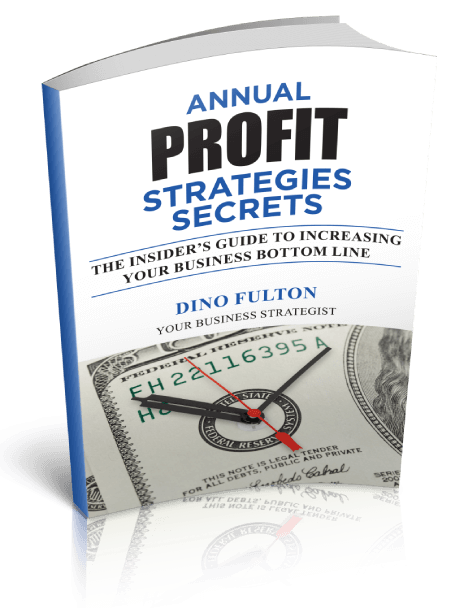Today we’ll start a new series talking all about Word of Mouth and how it can make or break your business in an extremely short amount of time. In this first lesson, we’ll get a feel for what exactly word of mouth is.
Word of Mouth is easily the most powerful form of marketing and is absolutely free. People talk about ads they see, experiences they have, and the products they purchase. If you treat people right and spread the word about your new products/services in a positive way, you’ll attract the right customers and clients who will sustain your business for a long time.
Now, as positive as word of mouth can be for your business, the other side of the coin is how negative it can be as well. Bad news seems invariably to travel faster than good news and if you have a less-than-high-quality product or weak customer service system, then your customers will tell everyone they know to not buy your products and services.
The age of technology has proved to be an amazing benefit in the world of word of mouth. With blogs, podcasts, online marketing, forums, social networking, and all the other online mediums available, it is easier and easier for consumers to share their experiences. And remember this is all free advertising for you.
Let’s take a minute to talk about the importance of shortening the customer decision cycle to help customers/clients choose more quickly and easily. There are three great ways to increase sales by shortening the decision cycle. They are:
- Increase the overall dollar amount customers spend on each purchase
- Increase your number of customers
- Increase the frequency of purchases
Let’s take a deeper look at decision speed. Offer simplicity, ease, and a fun purchasing atmosphere and you’ll help your customers make their decisions quicker and more confidently. When this happens, your customers will buy more frequently, spend more money than usual, refer friends and make the decision to purchase more quickly. This can raise your market share by over 100 times.
The time it takes your customer to decide and purchase far outweighs any other component of marketing. When you focus on customer decision speed it forces you to take a hard look at your company and brand image, positioning, value, customer service, guarantees, and product quality.
The next area I want to talk about quickly is how to minimize the friction, or stress, involved with decision-making. No matter how easily people find decision-making there is a certain amount of anxiety we all experience when making a purchase, especially from a new source or for a large amount of money. When you help to minimize this emotional response, you will soothe your customers’ anxiety and they will make their decision quicker and more confidently.
There are a few secrets to accelerate the customers’ decision making progress:
- Your benefits, features, claims, and promises must be obvious, clear, and concise.
- The information you offer must be complete, easy to understand, credible, and balanced.
- Use comparisons that show a marked difference.
- Your guarantees must be rock solid and more than the customer expects.
- Make trial periods easy.
- You must have simple evaluations of your products or services.
- Testimonials need to be relevant and positive.
- Your support, delivery, and other operational systems must be perfect.
Your website can be as good as you make it. You can offer more than information; you can offer an experience that guides your customers gently through the decision-making process to make it easy for them to buy. Take it a step beyond by offering toll-free support numbers, software downloads to help with the process, or other classy and informative ways to reassure your customers that you are there with them every step of the way and have nothing to hide.
This wraps up the first post in our series on word of mouth. If you need help identifying your target market and the issues they run into that lengthen their purchasing experience, try our FREE test drive and work with one of our coaches to come up with the best way to smooth out your purchasing experience.
Next time we’ll move forward with word of mouth and talk about the power of word of mouth and what exactly this powerful tool is and can be used for.



